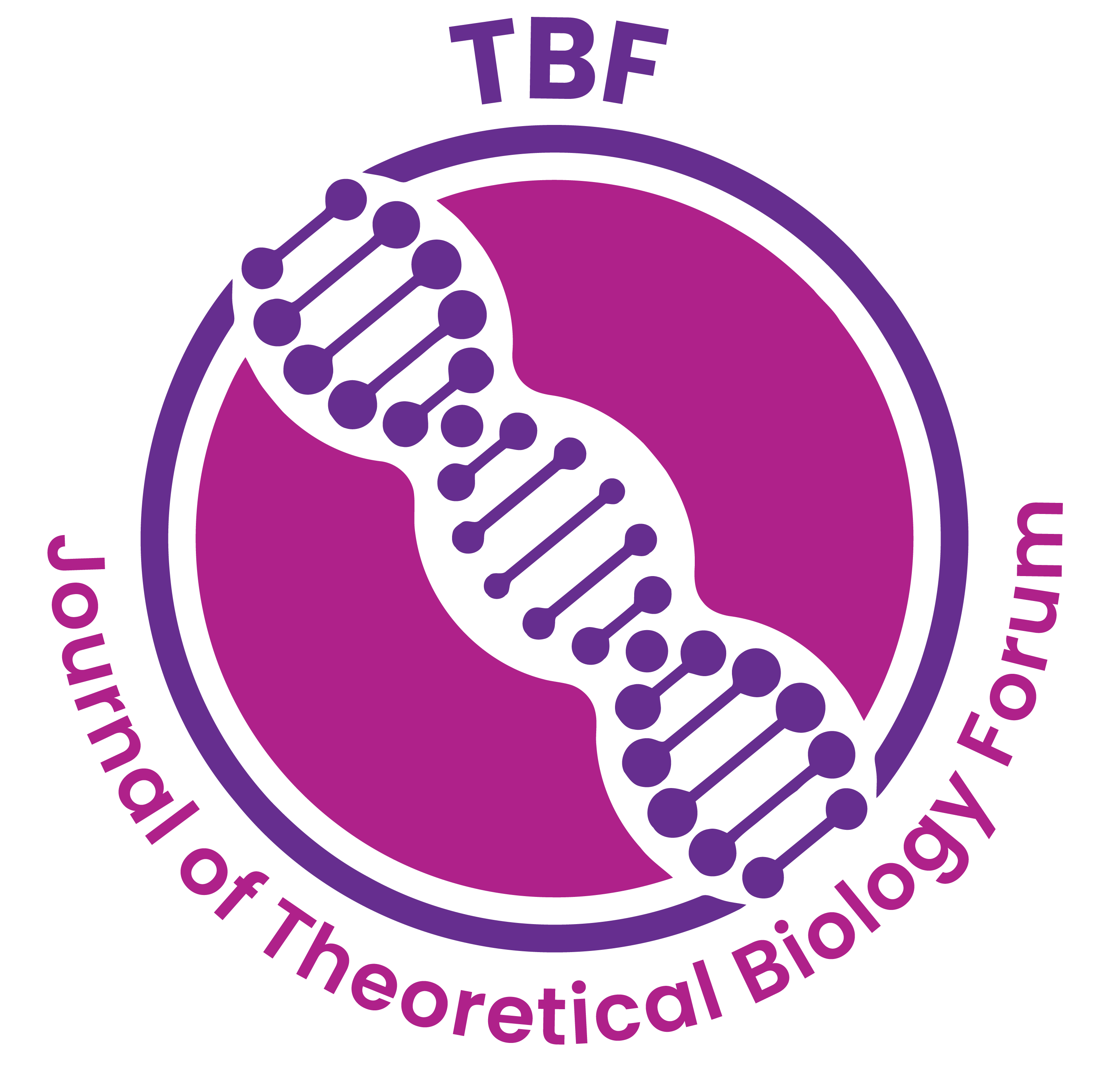Identification of QTL Controlling Powdery Mildew Disease Resistance in Blackgram (Vigna mungo (L). Hepper)
Mamata Khandappagol* , S. Rangaiah , S. K. Savita , S. Ramesh , Y. M. Somasekhara
Abstract:
Background: Blackgram [Vigna mungo L. Hepper] is one of the most important grain legumes with easily digestible protein and low flatulence content. Powdery mildew (PM) caused by Erysiphe polygoni DC is one of the most devastating biotic production constraints during the late Kharif season. Development PM disease-resistant cultivars are eco-friendly and economical means of mitigating losses due to PM disease. A factor, limiting breeding progress for PM resistance is confined to the cool-dry season. Hence identification of quantitative trait loci (QTL) followed by Marker-assisted selection (MAS) is useful for the genetic improvement of crops. With this background, a study was made for the identification of QTL for PM disease resistance in Blackgram.
Methods: Phenotyping was carried out by evaluating 180 F2:3 lines for PM disease resistance along with parents viz., TAU-1 (PM disease susceptible) and LBG-17 (PM disease resistant) and checks (K-5-572 and MASH-114) at ‘K’ Block, Department of Genetics and Plant Breeding, University of Agriculture Sciences, GKVK, Bengaluru during Kharif 2019 under RCBD Design. Observations were recorded five times at 7 days intervals viz., 40, 47, 54, 61, and 68 DAS using 0 (resistant) to 9 (highly susceptible) scale. A total of 395 SSR primers were used to test polymorphism between parents TAU-1 and LBG-17 and genotyping was carried out for 180 F2 individual plants of the cross TAU-1 x and LBG-17 with 63 polymorphic SSR markers. Linkage and QTL analyses were carried out using QTL IciMapping.
Result: A total of 63 polymorphic markers were assigned to eleven chromosomes of Blackgram with a threshold LOD of 3 covering 2726.02 cM with an average density of 43.27 cM. A major QTL for PM resistance was detected on LG 9 at 129.00 cM, flanked by the markers CEDG166 and VrCSSSR3 with an interval of 6.00 cM and explained phenotypic variance of 13.35%. It is proposed to saturate the linkage map, and confirm and validate the identified QTL for use in marker-assisted Blackgram breeding.

